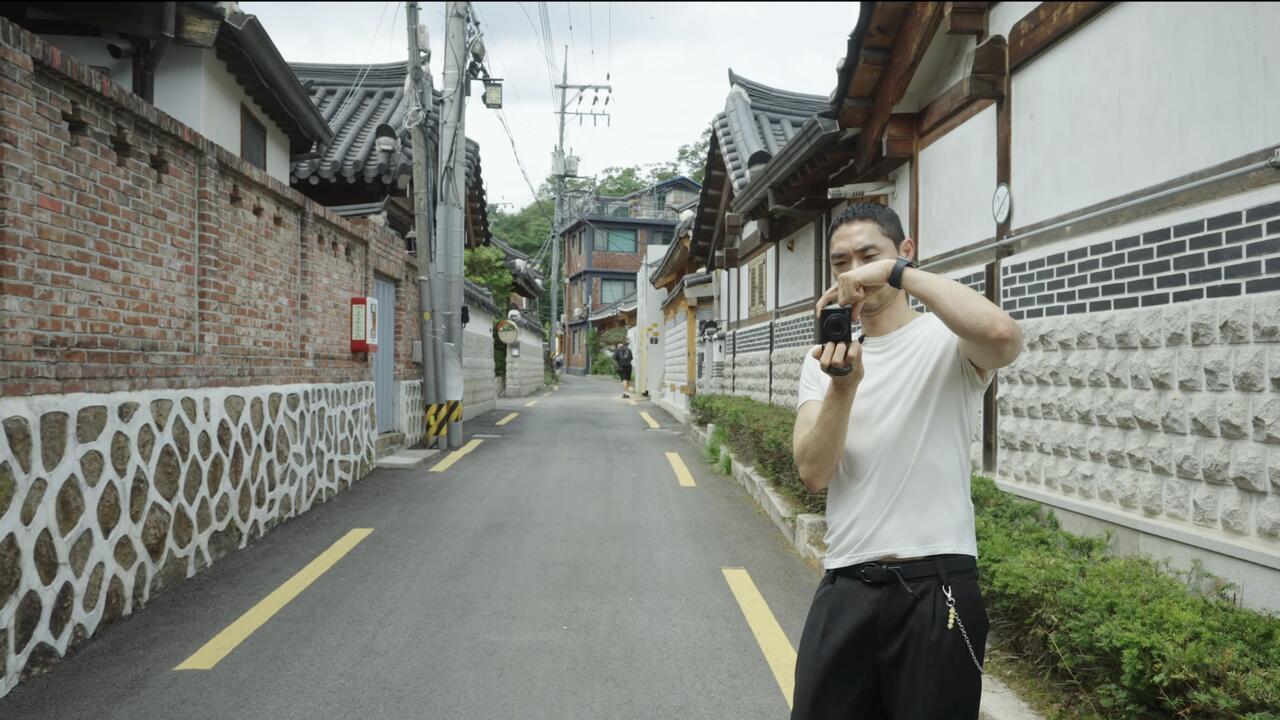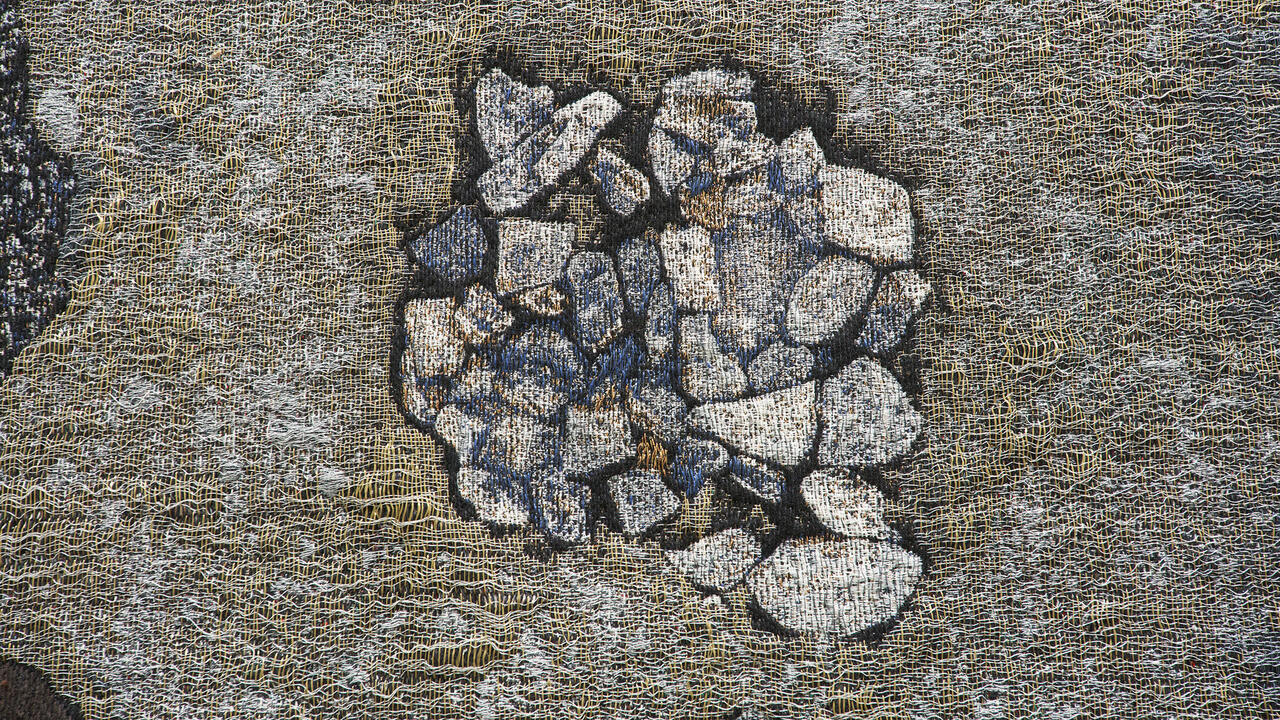This Land is Your Land
Sprial Jetty is overrun with day-trippers, and you can sign up for a 'Tour of the Monuments of the Great American Void'. So much for geologic entropy
Sprial Jetty is overrun with day-trippers, and you can sign up for a 'Tour of the Monuments of the Great American Void'. So much for geologic entropy

‘A man went looking for America and couldn’t find it anywhere.’
Publicity tag line for Easy Rider (1969)
‘Here … ’, Brigham Young is said to have declared with Cecil B. DeMille solemnity in 1847 as he and his bedraggled followers crested the Rockies and gazed down at Utah’s immeasurable Great Salt Desert to the west, ‘this is the place’. As one of the key founding myths of the Church of Latter Day Saints, the echo in this story of the tale of Moses leading the Israelites into Canaan is no accident. Having been driven out of nearly every town in which they tried to settle, the Mormons saw their two-year westward migration as nothing short of the epic exodus of a chosen people, led by divine providence to a land beyond the reach of men’s laws – beyond the United States. The idea was that this inhospitable emptiness would be the Mormons’ – and God’s – big little secret. Here the beleaguered sect would found an Earthly paradise, and in this stark geologic silence where God still spoke they would be listening in perpetual exclusivity. That did and didn’t happen. The Mormons did pull off a minor miracle, not only by simply surviving but by making their overnight capital Salt Lake City their New Jerusalem and its bright shiny Temple Square their very own Vatican, Mecca and Holy Mount all rolled into one. But the great attractive kingdom of voids that held these pilgrims in its thrall ultimately drew in others as well.
It is an integral part of the lore of Land art that its practitioners had analogous revelatory experiences in the late 1960s during their first westward field trips, repelled by the modern-day corollaries of the sinful national culture that drove the Mormons into exile: the established art world, the messy disillusionments of a consumerist society, the Vietnam War. Robert Smithson himself was the consummate artist–tourist, his Grand Tours of the industrial rust-scapes of his native New Jersey followed by progressively more ambitious forays west. His concept of site and non-site was built on this internal tug-of-war between home and away, origins and destinations. Gallery-goers were not expected to visit his sites, which became increasingly remote and unpopulated. The non-sites (piles of rocks, crystals, salt, etc.) were like tablets brought down from Sinai, conceptual souvenirs from realms beyond normal experience. The Land artist was a self-appointed intermediary, an art prophet in the wilderness.
But the West has changed since 1970. The renewed interest in Land art, sparked partly by broad media attention given to the ‘miraculous’ re-emergence of Smithson’s Spiral Jetty (1970) from the rust-coloured Great Salt Lake in 2002 after decades of submersion (the region is entering the fifth year of a major drought), is part of still larger forces at work, unforeseen social and demographic waves altering the face of the West. To the sun-belt citizens of the sprawling daisy-chain metropolises of Phoenix, Salt Lake City, Las Vegas and Albuquerque, the West is no longer out ‘there’; it is right ‘here’. (Having outgrown its neon-mirage-in-the-desert image, Las Vegas is now the fastest-expanding suburban area in the nation and is devouring purple sage at an alarming rate.) ‘Elsewhere’ is increasingly a place with a ranch-style house with lawn sprinklers and a kiddie pool – not exactly what the Land artists thought they were escaping to.
Hastening this incremental move toward the normalization of the frontier has been the rise of off-road adventurism and outdoorsy eco-tourism, both spin-offs from the countercultural trends spawned in the 1960s and 1970s, in which the road trip was the mythic anti-establishment rite of passage and self-discovery. Land art represented only one aspect of this rebellious flight from the urban mainstream. Witness the same impulse in cinema, in Easy Rider (1969) (Peter Fonda’s Captain America could pass for a slightly more photogenic Smithson) or Zabriskie Point (1970), which contrasted urban political unrest with fantasies of transformative escape to the wilderness, while presciently dealing with themes of both large-scale property development in, and the annihilating presence of, the desert. The same goes for the eco-guerrillas-in-Jeeps plotline of Edward Abbey’s book The Monkey-Wrench Gang (1975), which likewise culminates in the violent overthrow of the status quo, with the scorched desert as the battleground. But by the late 1980s the road trip had become a middle-class spring-break cliché, and visions of frontier-ward freedom were co-opted as a powerful marketing tool by the motor industry, whose appeals to leave the asphalt behind struck home with the advent of the family SUV in the succeeding decade.
Somewhere along the road the objects and places associated with Land art became real to a lot more people, and arduously journeying to the once only imagined monuments – Spiral Jetty, Walter De Maria’s Lightning Field (1977), Nancy Holt’s Sun Tunnels (1973–6) and Michael Heizer’s Double Negative (1970), among others – slipped from being a slightly obscure pursuit by a handful of adventurous insiders with decent map-reading skills to an increasingly de rigueur pilgrimage for a widening circle of the art world’s curious and beyond. Spiral Jetty has seen visitation increase markedly since its reappearance – so much so that helpful new directional signs have popped up along the rutted track to Rozel Point (the same dusty trail immortalized in the Spiral Jetty film), making the counting of cattle guards, road forkings and...
















